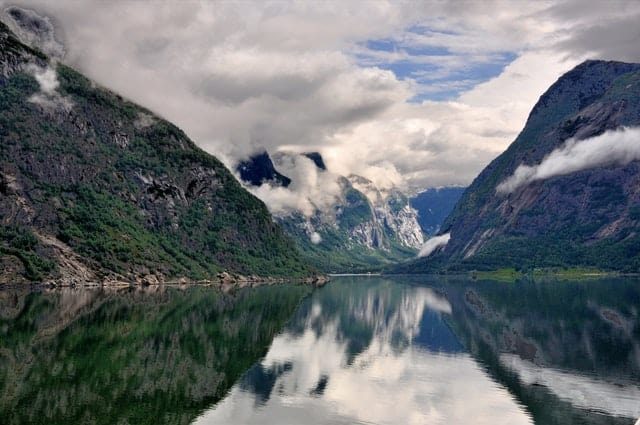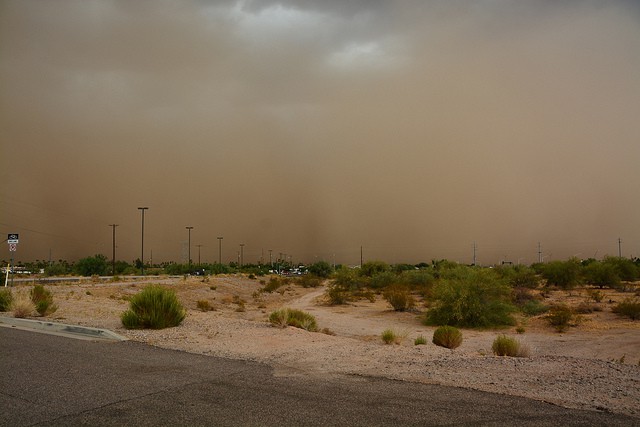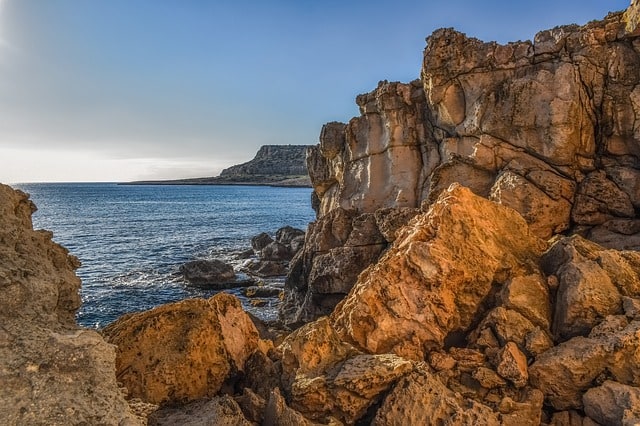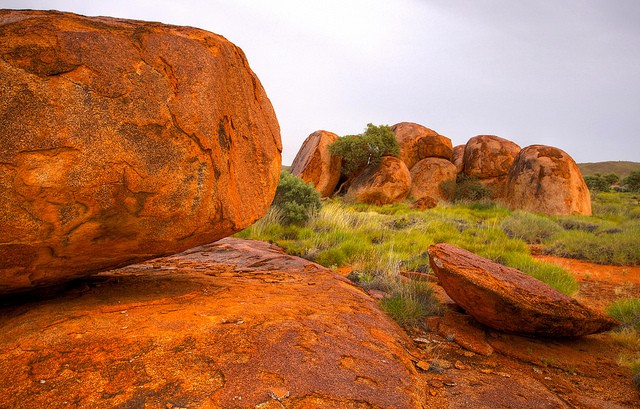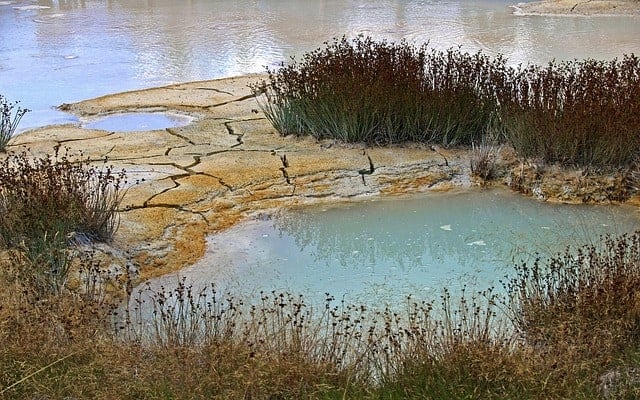What is a Glacier: Types, Formation and Location
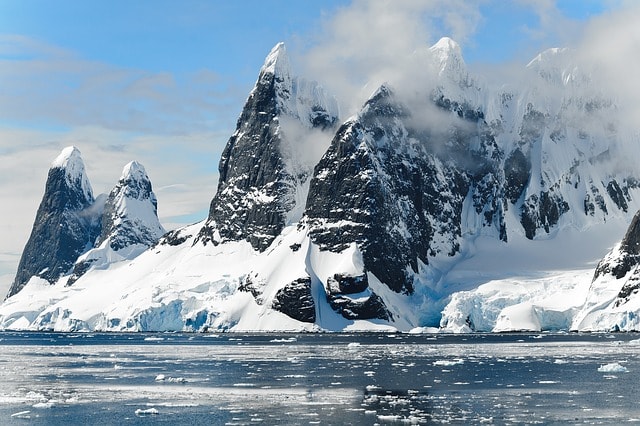
Most of today’s landscapes were carved out by the extensive glaciers of the most recent ice age. The perfectly modified landscapes robustly reflect the handiwork of ice. This carving ability explains why they are known as nature’s bulldozers. Europe harbors most of the world’s glaciers. The largest glacier is eastern Antarctica’s Lambert Glacier, which is approximately 60 miles wide, more than 250 miles long and more than 8,000 feet thick. Glaciers form where snow builds up over time. It takes decades or centuries for glaciers to form.
A glacier by definition is a slow moving mass of ice. It mainly occurs in the high mountain valleys and colder Polar Regions. However, not all masses of ice qualify to be a glacier. To be called a glacier, ice must be at least six hundreds of a square mile in size and more than 164 feet in thickness. The chief raw material for glacial ice is snow. This means glaciers develop in regions where a lot of snow falls during winter than it melts in summer. The extremely low temperatures in these regions allow huge amounts of snow to pile up and transform into ice. Whenever this phenomenon happens each passing year, there is slow accumulation of snow. These areas where snow rests year in year out are called snowfields.
How do Glaciers Form?
A substantial amount of snow build up is needed for glacial ice to form. It’s paramount that snow accumulating during winter surpasses that which melts away in the summer, by far. Snowflakes are the hexagonal water crystals. However, you need to know that layers of fluffy snowflakes are not considered glacial ice yet.
As the accumulation of snow continues, the snowflakes buried underneath become a lot more firmly packed together. The tight packing triggers the snowflakes to assume round shapes while the hexagonal snowflake’s shape gets disintegrated. Over time, the well-rounded grains buried deep become heavily packed, driving out a lot of the air that’s imprisoned between the grains. The grainy shaped snow grains are referred to as firn and take about a year to form.
The dense, towering snowpark apply huge amount of pressure on the layers of firns under. This pressure causes the layers of firn to begin to melt slowly. The firn and meltwater gradually recrystallize to form glacial ice. This conversion process may well take years, decades or even centuries due to the fact that glacial ice formation is hugely pegged on the quantity of snowfall.
The weight of the glacier combined with the gravitational pressure might cause the ice occurring along the base of the glacier to start melting. Melting is enabled because the temperature required for ice to melt is minimized as a result of the pressure applied by the weight of the top glacial ice. When the ice melts, the glacier may start to move. Although glaciers are known to move slowly, some move fast, 100 feet per day to be specific. Glacier movement occurs in two ways; either retreating or advancing. However, these movements of glacier pretty much depend on where the cone-like nose is facing. The downhill movement of the glacier causes chopping and remolding of the landscape, which explains the gorgeous landscaping sceneries on mountains.
Types of Glaciers
-
Alpine glaciers
They are similar to mountain ranges. They are bowl shaped and form high up in the mountains. As the glacier builds up in size, the ice below the towing glacier begins to melt, and is channeled into a valley.
-
Valley glaciers
These are large alpine glaciers that are confined to steep-walled valleys. They usually follow the path of an ancient river valley. They carry along rock debris they stumble across on the way or those that fall into them. The downhill movement of valley glaciers causes massive erosion, eventually carving the valley into a U shape, as opposed to V shape characteristically formed by early stages of river erosion.
-
Piedmont Glacier
A piedmont glacier comes about when a huge Alpine glacier slides to the bottom of the mountain range. While at the bottom of the mountain range, it can spread to become bigger than its valley source. They grow even bigger over time by constantly being fed by from alpine glaciers.
-
Cirque glacier
A Cirque is an amphitheatre-like valley carved out by glacial erosion. Cirque glaciers are bowl in shape on the mountain. The majority of Cirque glaciers are relatively small, less than one km across. As they fall downhill, they mix up with other glaciers to become a broader valley glacier.
-
Tidewater Glaciers
These kinds of glaciers rise when Alpine glaciers plunge into the ocean. They later break off to form icebergs floating on the surface of the water.
-
Ice sheet
An ice sheet is a relatively big, uncontrolled ice mass that flows downhill in every direction. A classic example of an ice sheet is the one found in Greenland.
-
Icecap
An icecap is a domed shaped, unrestricted glacial mass. It’s capable of flowing in any direction. It can cover up an entire island or mountain range. When an ice cap goes beyond 50,000 square kilometers, it becomes an ice sheet.
Where are Glaciers Found (Location)?
Although a vast majority of glacial ice is located in Antarctica and Greenland. Glaciers are found all over the world, Africa including. Because specific geographic and climatic conditions must be present for glaciers to form, they are most prevalent above snowline. This means areas that experience high winter snow and cool summer temperatures form lots of glaciers.
This weather condition enables lots of snow to accumulate on the glacier during winter and will slightly melt during summer, which is why the majority of glaciers are situated in either Polar or mountainous regions. However, snow line can happen at diverse altitudes. For example, in Washington State, the snow line stands at 1600 meters. In Africa, it’s well over 5100 meters.
In Antarctica, snow line is at sea level. The quantity of snow that a glacier is able to convert into ice is critical to its survival. This explains why a cold place such as Siberia lacks a sizable amount of glaciers despite the right conditions. The reason is that there is absence of enough snow falls. The combined glaciers of the world cover more than 15,800,000 square kilometers. This represents an area almost the size of South America. The 5 longest glaciers in the world include:
The Lambert Glacier: Located in the Antarctica and measures about 515 kilometers long. It drains one-fifth of the Antarctica ice sheet every year. The Lambert Glacier feeds more than 35 km2 of ice to Prydz Bay every year.
The Novaya Zemlya Glacier: Located in the Arctic Ocean in northern Russia. It measures about 418 km in length.
The Arctic Institute Glacier: Located in the Antarctica and measures about 362 kms in length.
The Nimrod-Lennox-King Glacier: Located in the Antarctica. It measures about 290 kms in length
The Denman Glacier: Located in the Antarctica. Measures about 241 kms in length.
When most people think of the benefits of glaciers, their scenic value quickly pops to mind. On top of that, Glaciers bring more tangible benefits such as water for hydroelectric power production and irrigation. Also, sediments from glaciers contribute to underground water supplies. Meltwater from glacier is the purest water on earth. Most of it is harnessed to produce drinking water.

